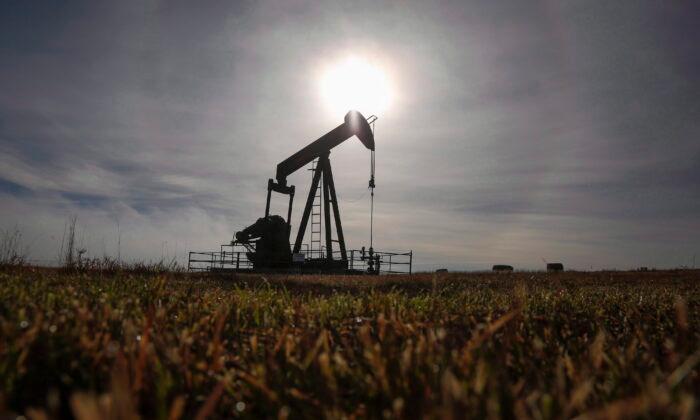No Canadian province made it into the top 10 most attractive jurisdictions in North America for oil and gas investment, according to a recent survey, while Texas and Oklahoma take the top spots.
The Canada-US Energy Sector Competitiveness Survey 2021, which polled senior executives from the petroleum sector, found that U.S. states are much more appealing to oil and gas investors compared to Canadian provinces and territories.





